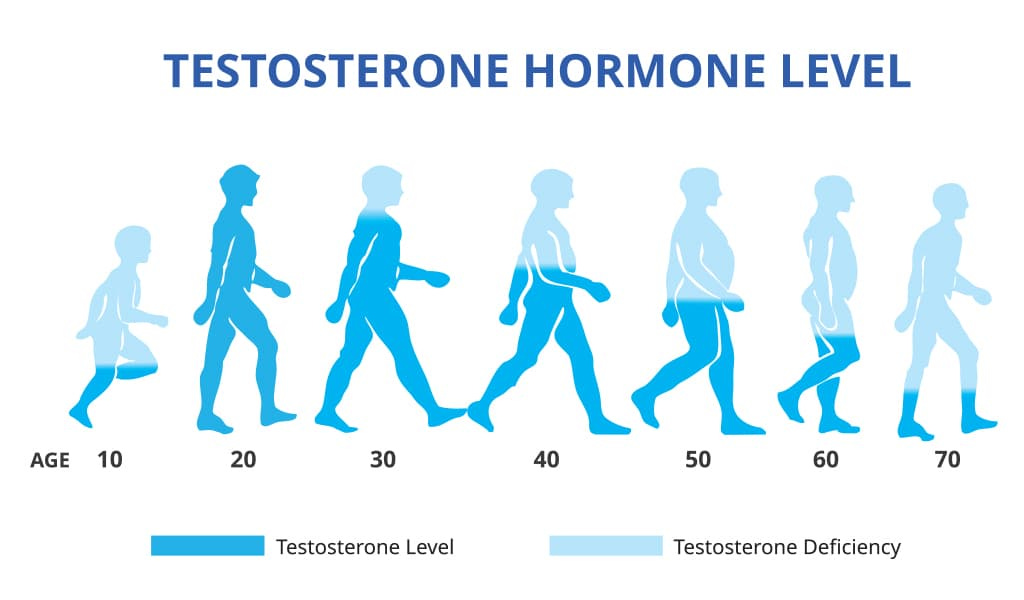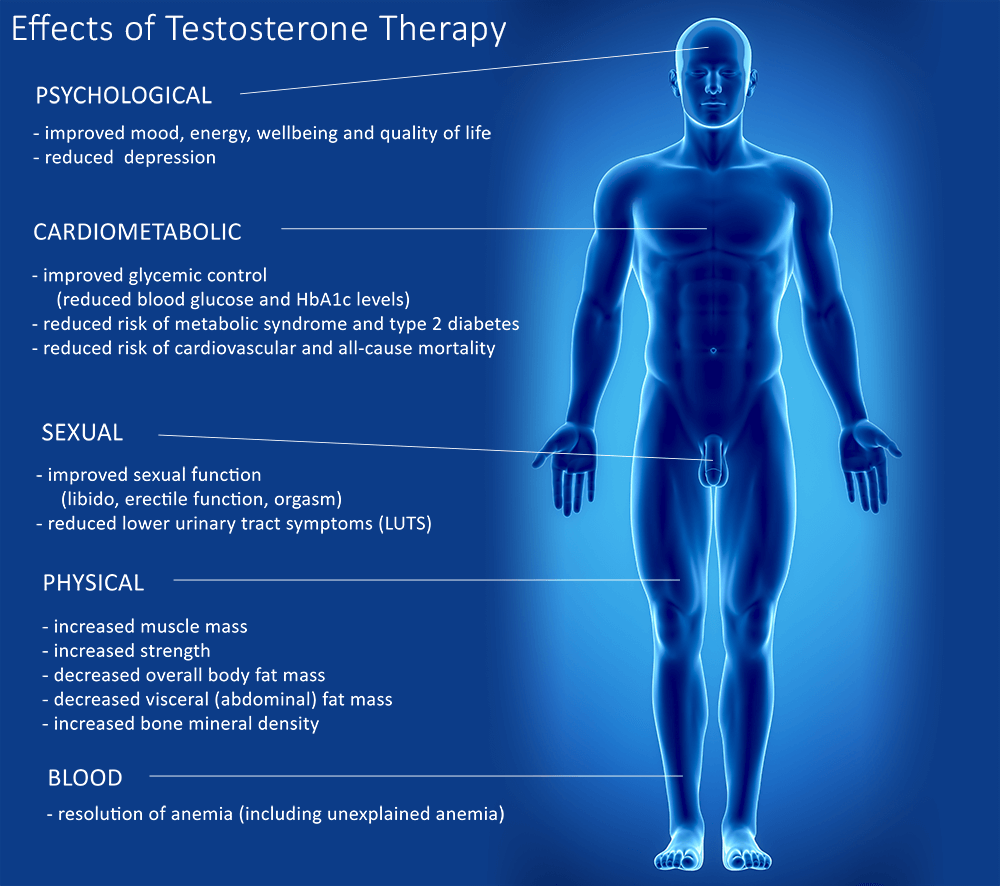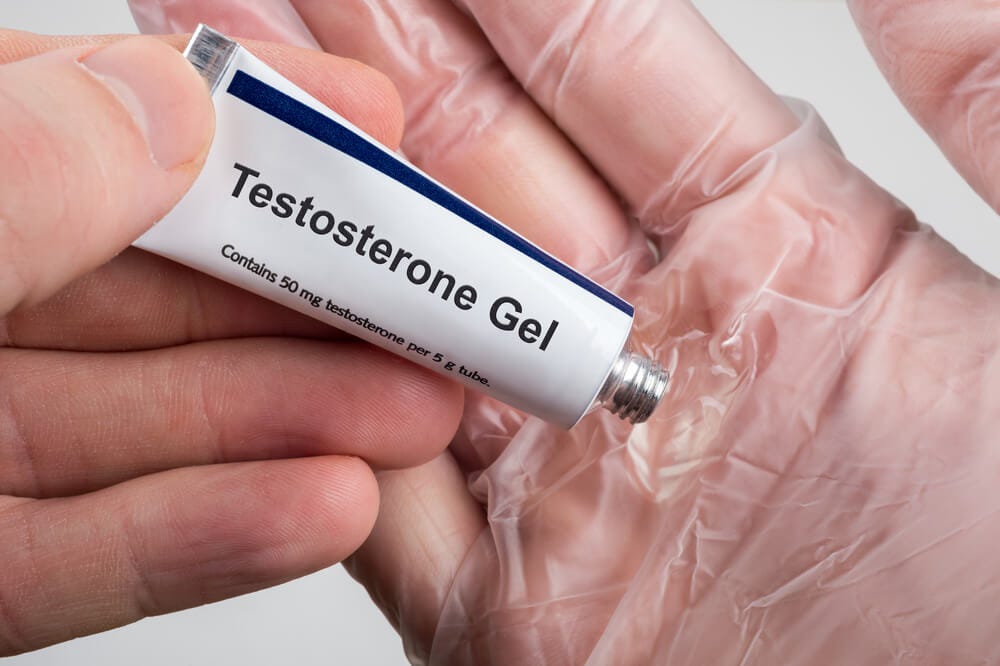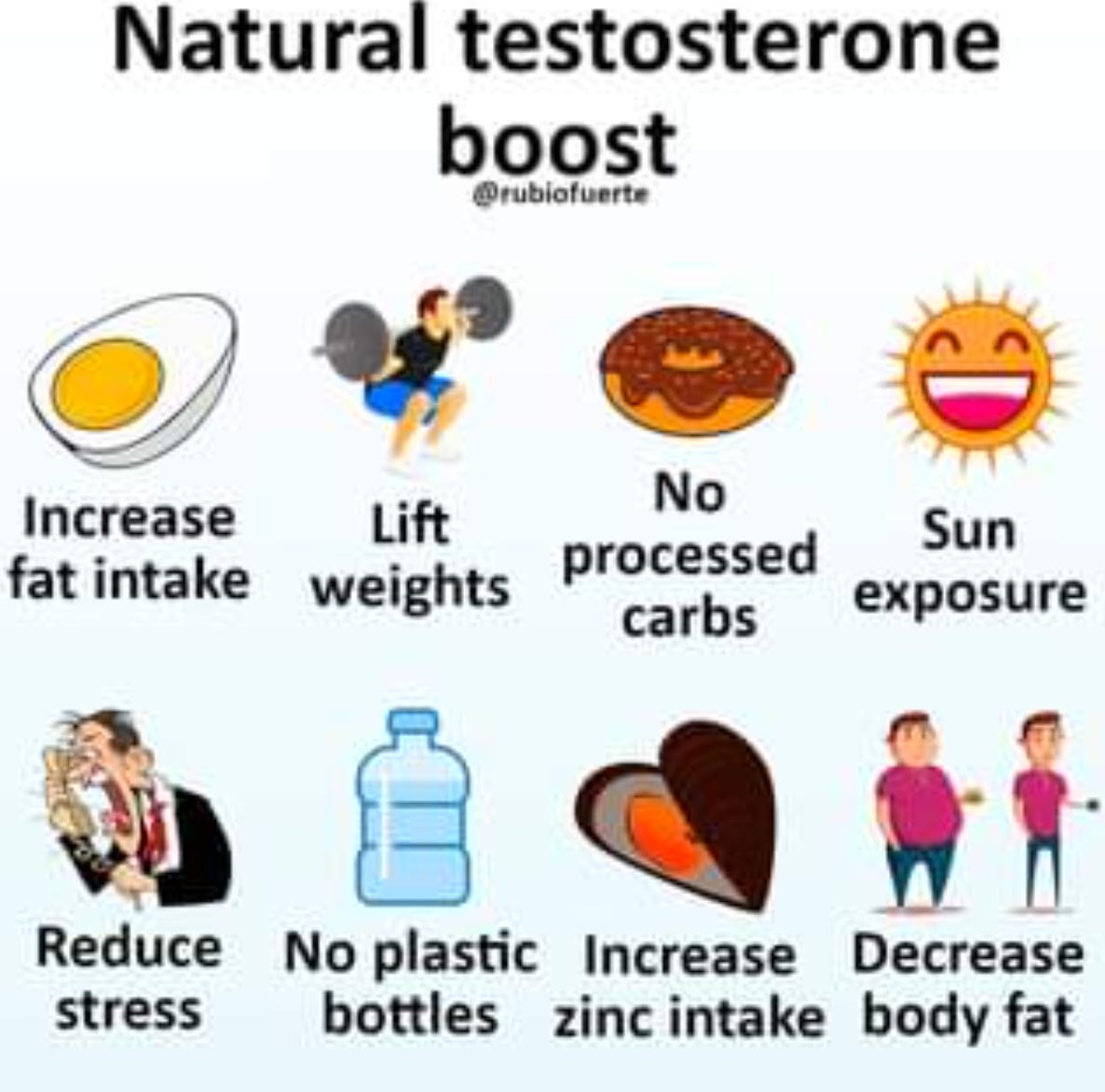
Aging has been associated with many signs and symptoms observed in elderly men. Some of these symptoms include: decreases in work capacity, energy, strength, muscle mass, libido, sexual activity, nocturnal penile tumescence, virility, decreased bone density, increases in abdominal body fat, insulin resistance and atherosclerosis (Vermeulen, 2000). It is possible that some or all of the aforementioned signs and symptoms could be related to lowered testosterone, making androgen replacement therapy (ART) a potential option.

Vermeulen (2000) stated that once androgen deficiency has been diagnosed in elderly men, ART can only be considered after excluding the presence of contraindications. Some major contraindications include: prostatic carcinoma, polycythemia, mammory carcinoma, benign prostatic hyperplasia, and hyperlipidemia (Vermeulen, 2000). Excluding said contraindications is relevant as ART can worsen the above maladies (Vermeulen, 2000).

ART should be administered in such a way that it slowly releases testosterone throughout the body over a 24-hour period (Vermeulen, 2000). Such a method is achieved via transdermal testosterone patches. However, Vermeulen (2000) noted that exogenous androgens should be released within 24-hours and not in an exceedingly slow fashion (i.e., long acting testosterone such as buciclate or testosterone undecanoate) as potential serious side affects might require the removal of androgens.

In conclusion, if an individual has been deemed a candidate for ART, research does suggest that normalization of serum testosterone can lead to significant improvements in several symptoms in hypogonadal males (Okada, Yamaguchi, Chiba, Miyake, Fujisawa, 2014). Such an intervention, in conjunction with physical activity and appropriate nutrition, would likely enhance activities of daily living and overall quality of life.
References
Okada, K., Yamaguchi, K., Chiba, K., Miyake, H., Fujisawa, M. (2014). Comprehensive evaluation of androgen replacement therapy in aging Japanese men with late-onset hypogonadism. The Aging Male, 17(2), 72-75.
Vermeulen, A. (2000). The future of hormone replacement therapy in the aging male. The Aging Male, 3(4), 210-213.
-Michael McIsaac
